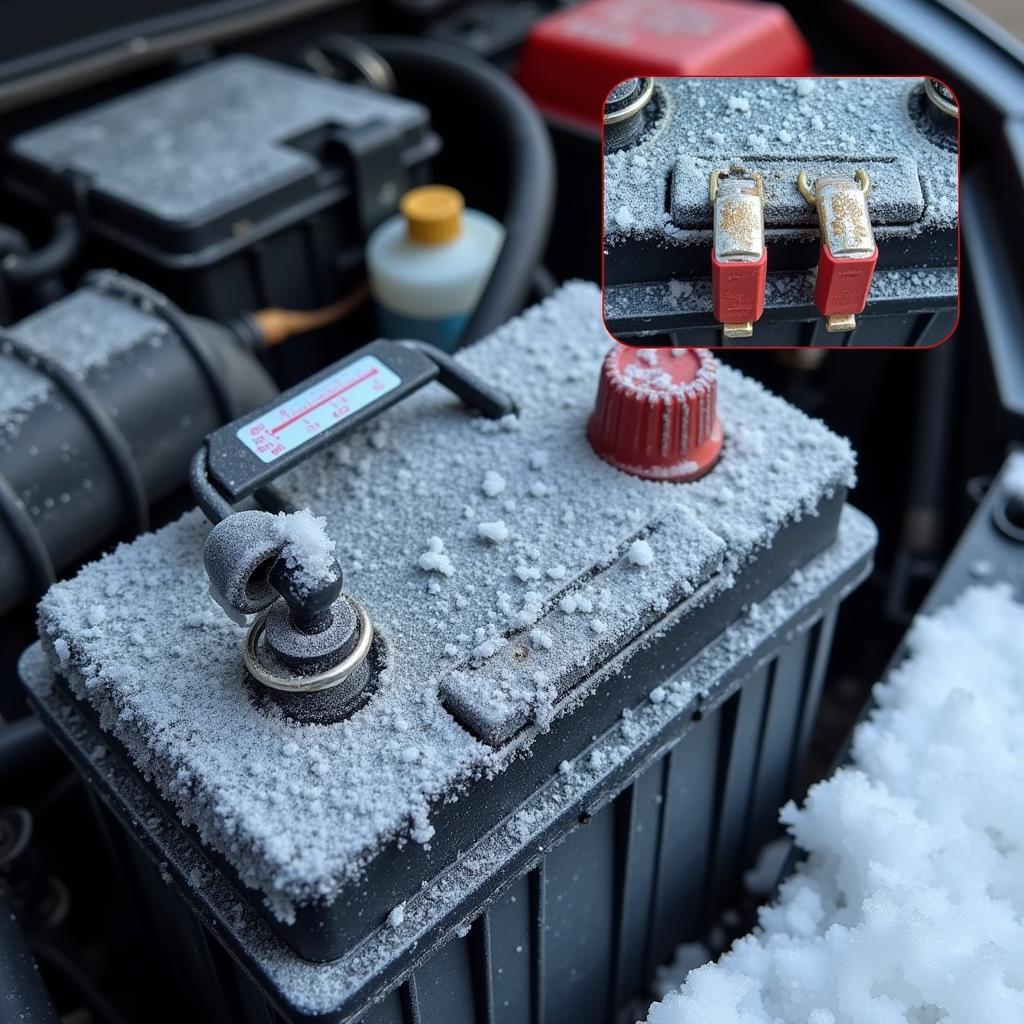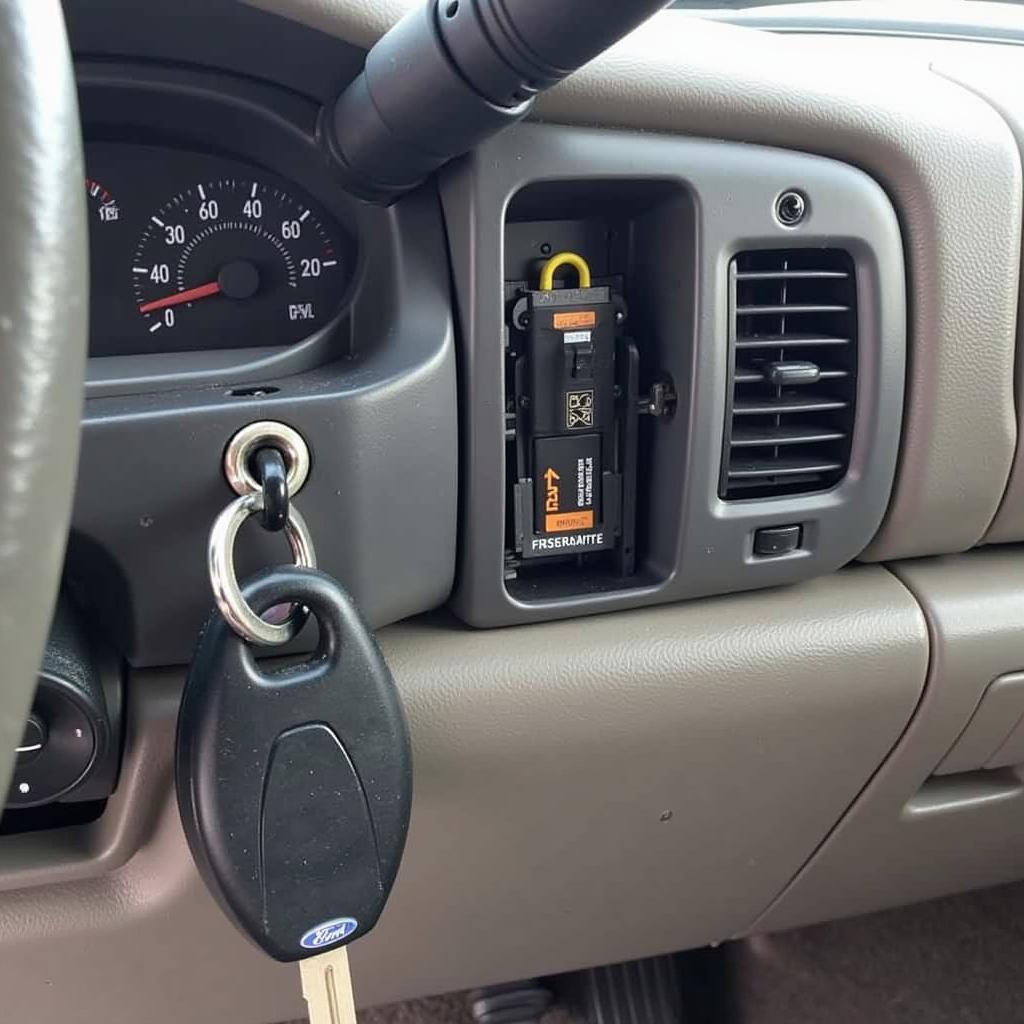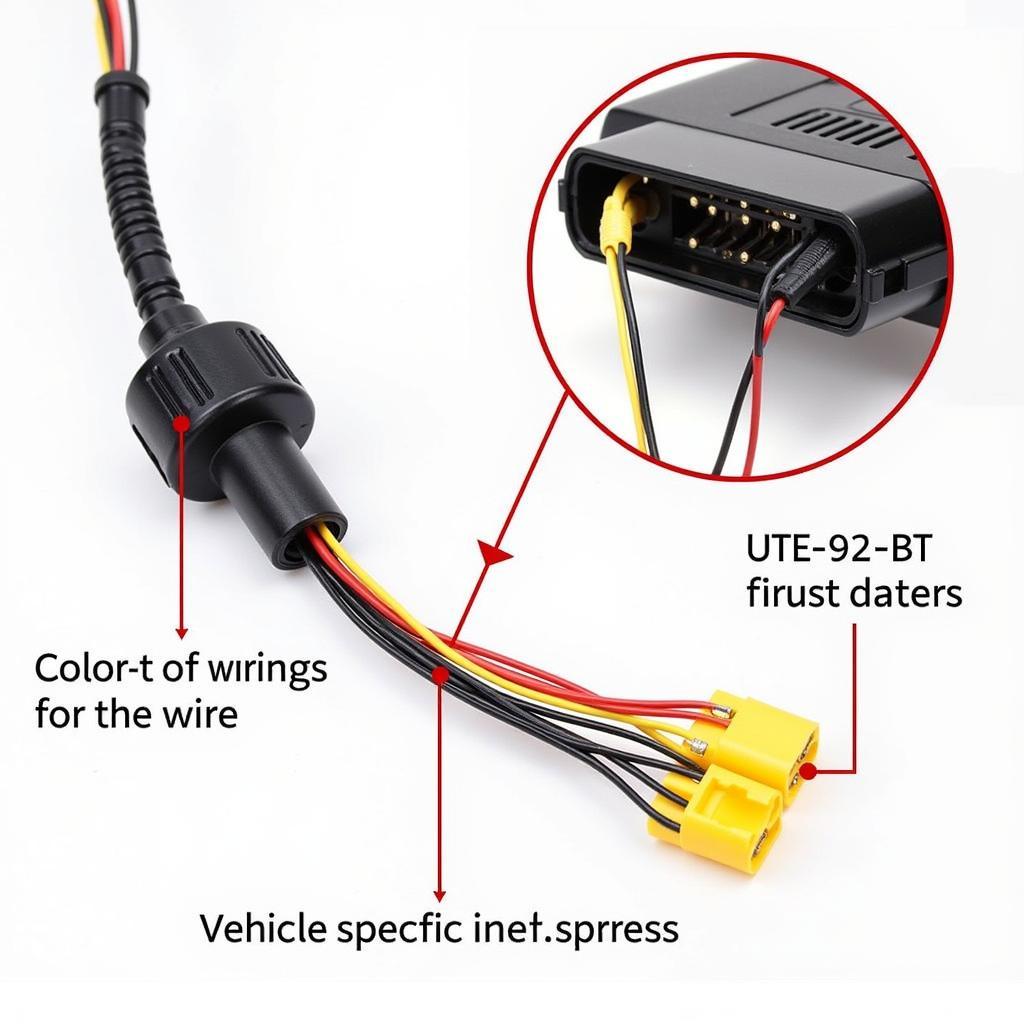A dead car battery can be a frustrating experience. Whether you’re late for work or stranded on the side of the road, a dead battery can ruin your day. A reliable battery charger can be a lifesaver in these situations, but choosing the right one and using it correctly can be confusing. This guide provides comprehensive information on battery chargers for dead car batteries, covering everything from selecting the right charger to safely charging your battery.
Choosing the Right Battery Charger for a Dead Battery
Selecting the right battery charger for your dead car battery depends on several factors, including your battery type, budget, and charging needs. There are three primary types of car battery chargers: trickle chargers, smart chargers, and jump starters with built-in chargers. Trickle chargers deliver a low current, ideal for maintaining a battery’s charge or slowly charging a slightly discharged battery. Smart chargers automatically adjust the charging process to prevent overcharging, making them a safer and more convenient option. Jump starters with built-in chargers provide the versatility of jump-starting a dead battery and then charging it afterward.
Understanding Different Battery Charger Types
Understanding the different types of chargers available will help you make an informed decision. Trickle chargers are the most basic and affordable option. Smart chargers, while slightly more expensive, offer advanced features like automatic shut-off and multiple charging modes. Jump starters with built-in chargers provide the ultimate convenience, offering both jump-starting and charging capabilities in a single unit. This is a crucial point to consider when choosing a battery charger for a dead car battery.
How to Safely Charge a Dead Car Battery
Safety should always be your top priority when charging a dead car battery. Before you begin, ensure you have the necessary safety equipment, such as gloves and eye protection. Proper ventilation is also essential, as batteries release hydrogen gas during charging, which is flammable.
Step-by-Step Guide to Charging Your Dead Battery
- Preparation: Park your car in a well-ventilated area and turn off the ignition. Gather your safety equipment, including gloves and eye protection.
- Identify the Battery Terminals: Locate the positive (+) and negative (-) terminals on your car battery. The positive terminal is usually marked with a red cap or a plus sign.
- Connect the Charger: Connect the positive (red) clamp of the charger to the positive (+) terminal of the battery. Then, connect the negative (black) clamp of the charger to a clean, unpainted metal surface on the car’s chassis, away from the battery.
- Turn on the Charger: Turn on the battery charger and select the appropriate charging mode, if applicable.
- Monitor the Charging Process: Monitor the charger for any unusual sounds, smells, or excessive heat.
- Disconnect the Charger: Once the battery is fully charged, turn off the charger and disconnect the clamps in the reverse order of connection.
Similar to how you might keep car battery from draining, charging a dead battery requires care. It’s important to follow the manufacturer’s instructions for your specific charger.
What to Do If Your Car Battery Won’t Start in Cold Weather
Cold weather can significantly impact your car battery’s performance. If your car battery won’t start in cold weather, a battery charger can be a valuable tool. However, it’s essential to address the underlying issues that may be contributing to the problem. Check your battery connections for corrosion and ensure your battery is properly charged. If your car battery won’t start in cold, you might need a jump-start or a new battery entirely.
Troubleshooting Cold Weather Battery Issues
Just as understanding how to change battery in a dodge key fob is essential for maintaining your keyless entry, understanding your car battery’s behavior in cold weather is crucial for overall vehicle reliability. A battery charger can help address a dead battery, but regular maintenance and proper care are essential for preventing cold weather starting problems. If you’re experiencing recurring issues, consider having your battery tested by a qualified technician. A simple test can often reveal underlying problems that need attention.
“Cold temperatures can significantly reduce a battery’s cranking power,” says John Smith, Automotive Electrical Engineer at Acme Auto Repair. “Using a quality battery charger and ensuring proper battery maintenance are vital for reliable cold weather starts.”
 Car Battery Problems in Cold Weather
Car Battery Problems in Cold Weather
Will a Car Battery Charger Charge a Dead Battery?
Yes, a car battery charger can charge a dead battery, but the effectiveness depends on the type of charger and the condition of the battery. A completely dead battery, meaning it has zero voltage, may be beyond the capabilities of a standard charger. In such cases, you might need a jump start to get the battery to a minimum voltage before a charger can effectively recharge it.
Choosing the Best Charger for a Completely Dead Battery
When dealing with a completely dead battery, consider using a jump starter with a built-in charger or a charger specifically designed for deep-cycle batteries. Will a car battery charger charge a dead battery effectively? Yes, if you choose the right type.
“It’s essential to diagnose the reason behind a completely dead battery,” says Jane Doe, Lead Technician at Reliable Auto Services. “Sometimes, a simple jump start is enough, while other times, a new battery may be necessary.”
Conclusion
A battery charger for a dead car battery is an essential tool for any vehicle owner. By understanding the different types of chargers available and following the proper safety procedures, you can effectively recharge your battery and avoid being stranded. Regular battery maintenance and choosing the right charger for your needs will contribute to the overall health and longevity of your car battery. Remember to follow the manufacturer’s instructions and consult a professional if you encounter any issues.
FAQ
- What type of charger is best for a dead car battery? A smart charger or a jump starter with a built-in charger is usually the best choice for a dead car battery.
- Can I leave a battery charger connected overnight? It depends on the type of charger. Smart chargers typically have automatic shut-off features, making it safe to leave them connected overnight. Trickle chargers, however, can overcharge a battery if left connected for too long.
- How long does it take to charge a dead car battery? The charging time depends on the battery’s capacity, the charger’s output, and the level of discharge. It can take anywhere from a few hours to overnight.
- Is it safe to charge a car battery in the rain? It’s not recommended to charge a car battery in the rain. Water can conduct electricity, creating a potential safety hazard.
- How can I prevent my car battery from dying? Regular maintenance, such as cleaning the terminals and ensuring proper charging, can help prevent your car battery from dying prematurely.
- What are the signs of a dying car battery? Slow cranking, dim headlights, and clicking sounds when turning the key are common signs of a dying car battery.
- Can a completely dead battery be revived? Sometimes, a completely dead battery can be revived with a jump start or a specialized charger. However, if the battery is old or severely damaged, it may need to be replaced.


